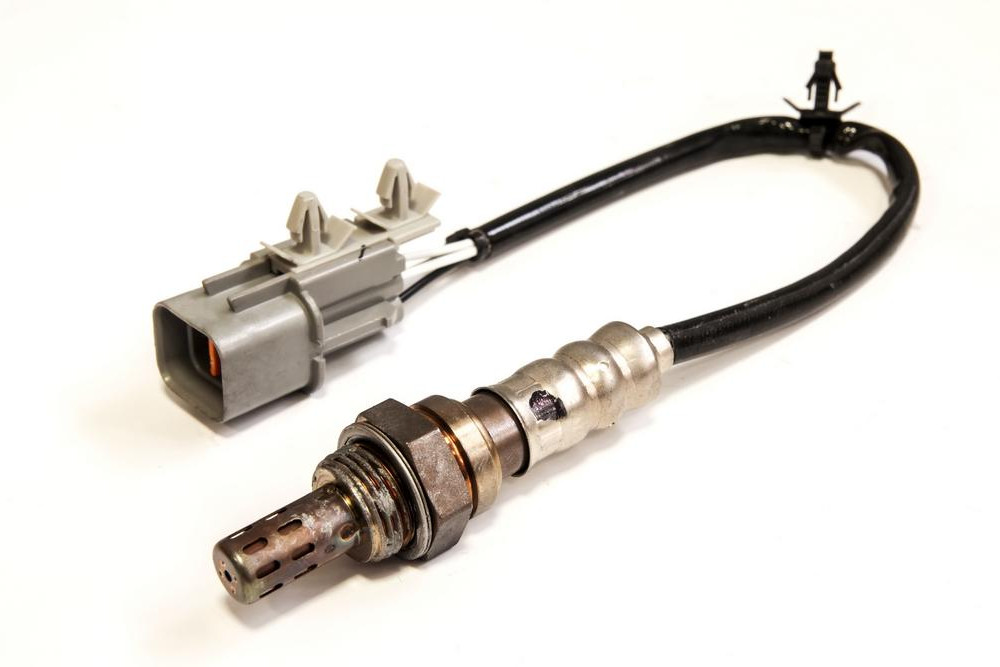Blog

Symptoms of a Bad or Failing Oxygen Sensor
1. Check Engine Light comes on
The first line of defense is the Check Engine Light. The Check Engine Light will illuminate if you have a bad or failing oxygen sensor. As soon as this light comes on, contact a professional automotive technician for a Check Engine Light inspection.
2. Bad gas mileage
If the oxygen sensor is going bad, the fuel-delivery and fuel-combustion systems will be thrown off. If a bad oxygen sensor disrupts the air to fuel ratio mixture, or too much fuel is injected into the engine, your vehicle's gas mileage will be reduced.
3. Rough engine idle and misfires
As your oxygen sensor is going bad you may notice your vehicle is running rough, misfiring or running irregularly while idling. Since the oxygen sensor output helps control engine timing, combustion intervals, and the air to fuel ratio, a bad sensor can disrupt these engine functions, causing a rough or irregular engine idle.
When to replace the sensor
If your vehicle was manufactured within the past 15 years, the oxygen sensor should be replaced every 60,000 to 90,000 miles. This sensor is a wear item and does fail over time. Replacement of a bad or failing oxygen sensor will reduce the level of emissions your vehicle puts into the atmosphere, while keeping your engine running smoothly and properly. As soon as you notice your Check Engine Light, poor gas mileage, or an irregular engine idle, book a service with CarPartsNigeria to have your oxygen sensor replaced. This will ensure your vehicle is running smoothly and efficiently, and will help prolong the life of your engine.
Source (YourMechanic).
Posted on November 2017,15 // Author: Admin